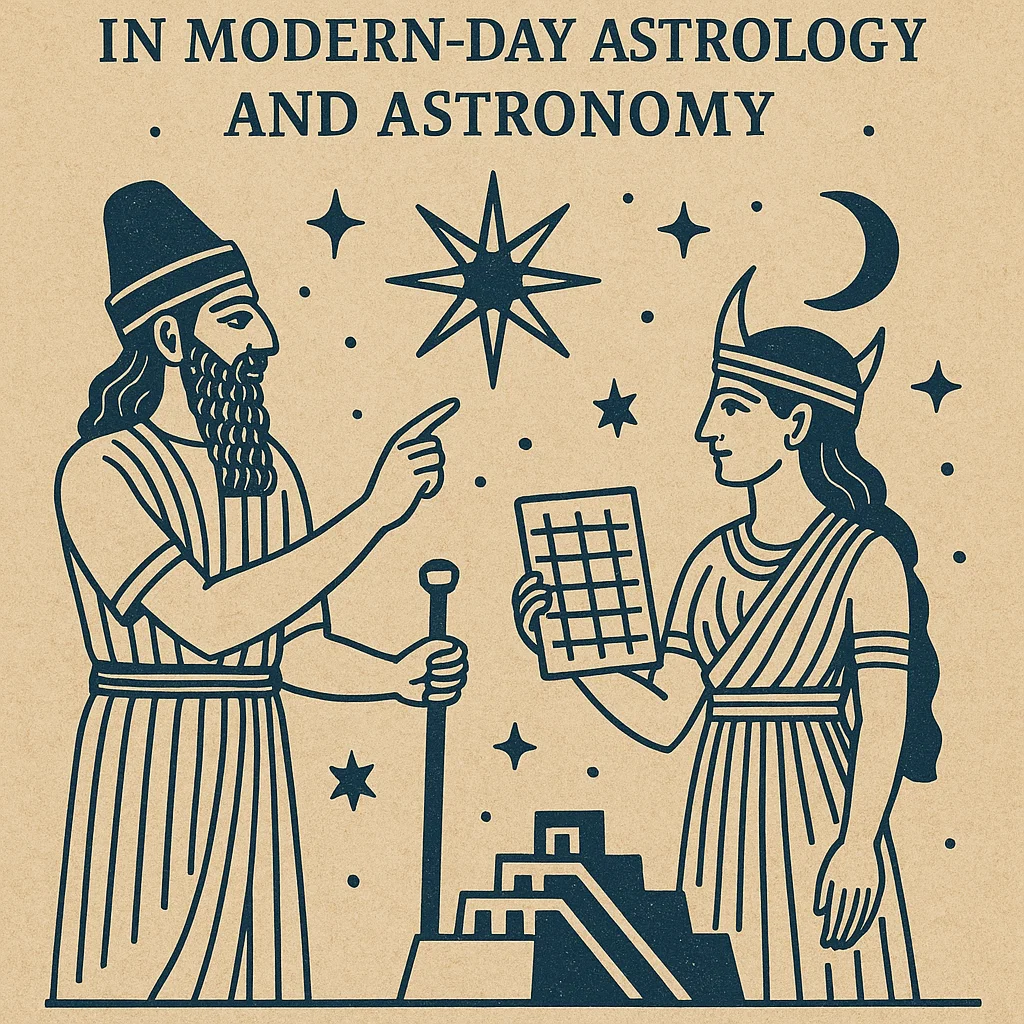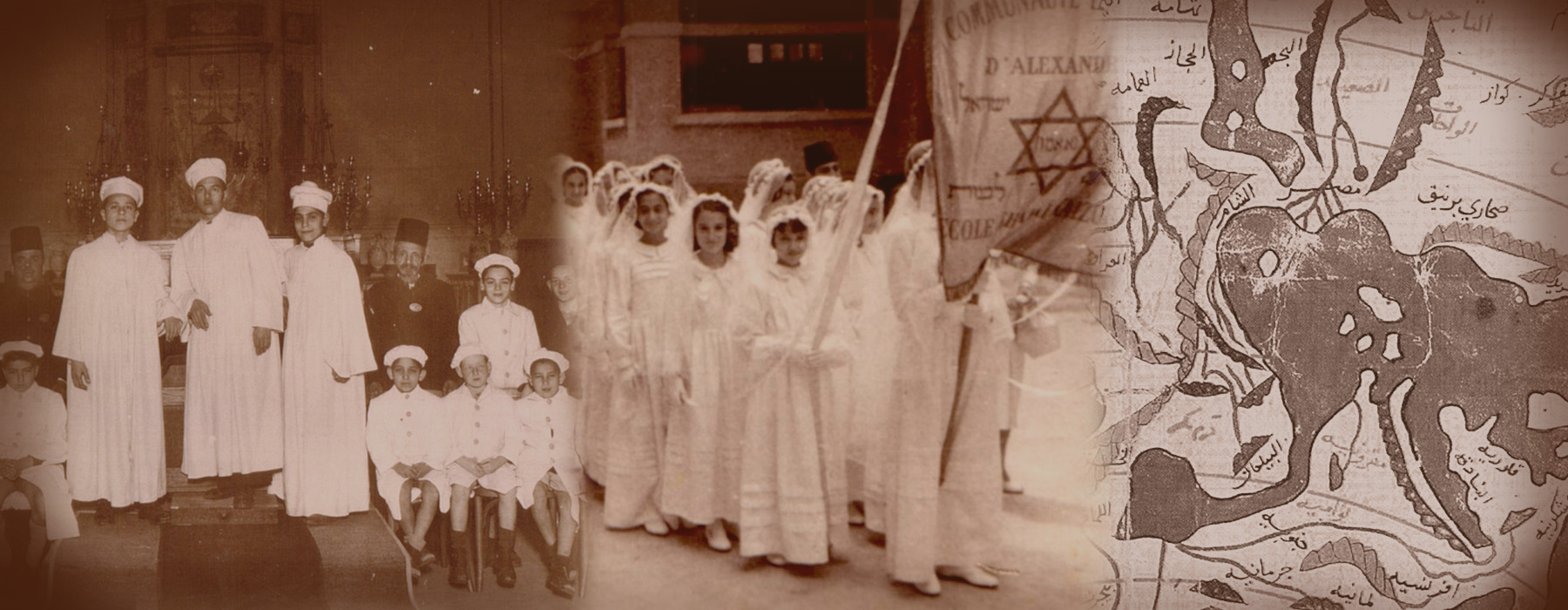During the Islamic Caliphates, the status and treatment of Jewish communities varied depending on the period and the specific caliphate in power. Here’s an overview of their experiences:
1. Rashidun Caliphate (632–661 CE)
- Initial Contact: The early Rashidun Caliphate saw initial interactions with Jewish communities, particularly in areas like Medina, where the Prophet Muhammad had established a constitution that included Jews as part of the city-state’s social fabric.
- Treaty of Medina: This constitution granted Jews religious freedom and protection, while they were also expected to support the Muslim community in times of conflict. However, tensions later arose, leading to conflicts and the expulsion of some Jewish tribes from Medina.
2. Umayyad Caliphate (661–750 CE)
- Diverse Treatment: The Umayyads ruled over a vast and diverse empire, including significant Jewish populations. The treatment of Jews varied widely across different regions. In some areas, they enjoyed relative freedom and integration into society, while in others, they faced discrimination.
- Economic and Social Roles: Many Jews became active in trade, finance, and scholarship, contributing to the economic and cultural life of the empire.
3. Abbasid Caliphate (750–1258 CE)
- Cultural Flourishing: The Abbasid period was marked by a notable flourishing of Jewish intellectual and cultural life. Jewish scholars, such as those in the “Golden Age of Jewish Culture in Spain,” contributed to various fields, including philosophy, medicine, and science.
- Dhimmī Status: Jews were classified as “dhimmīs,” a protected but subordinate status. They had to pay the jizyah tax, but in return, they were granted protection and religious autonomy. This status allowed Jews to practice their religion and manage their own communal affairs, though they often faced various social and legal restrictions.
4. Fatimid Caliphate (909–1171 CE)
- Relative Tolerance: The Fatimids, who were Ismaili Shia, generally maintained a policy of relative tolerance towards Jews. Under their rule, Jewish communities often enjoyed a degree of prosperity and influence, particularly in cities like Cairo.
- Contributions: Jewish scholars and merchants played significant roles in the Fatimid economy and cultural life.
5. Ottoman Empire (1517–1924 CE)
- Integration and Prosperity: The Ottomans, who succeeded the Mamluks and the Abbasids, were generally more inclusive of Jews. The empire had a significant Jewish population, particularly in cities like Istanbul, Salonica, and Jerusalem.
- Millet System: The Ottoman Empire used the millet system, which allowed religious communities a degree of self-governance. Jews, like other non-Muslims, were organized into their own millet and managed their own legal and social affairs, while still adhering to Ottoman laws and paying taxes.

General Trends
- Cultural Exchange: Throughout the various Islamic Caliphates, there was considerable cultural and intellectual exchange between Jews and Muslims. Jews often participated in the broader intellectual and scientific advancements of the Islamic world.
- Legal and Social Status: While Jews were often given protection and allowed to practice their religion, they were also subject to certain legal and social restrictions. Their status as dhimmīs meant they were respected as “People of the Book” but still faced a lower social status compared to Muslims.
Overall, the treatment of Jews in the Islamic Caliphates was complex and multifaceted, reflecting a range of experiences from integration and prosperity to discrimination and conflict.
Please follow and like us:










